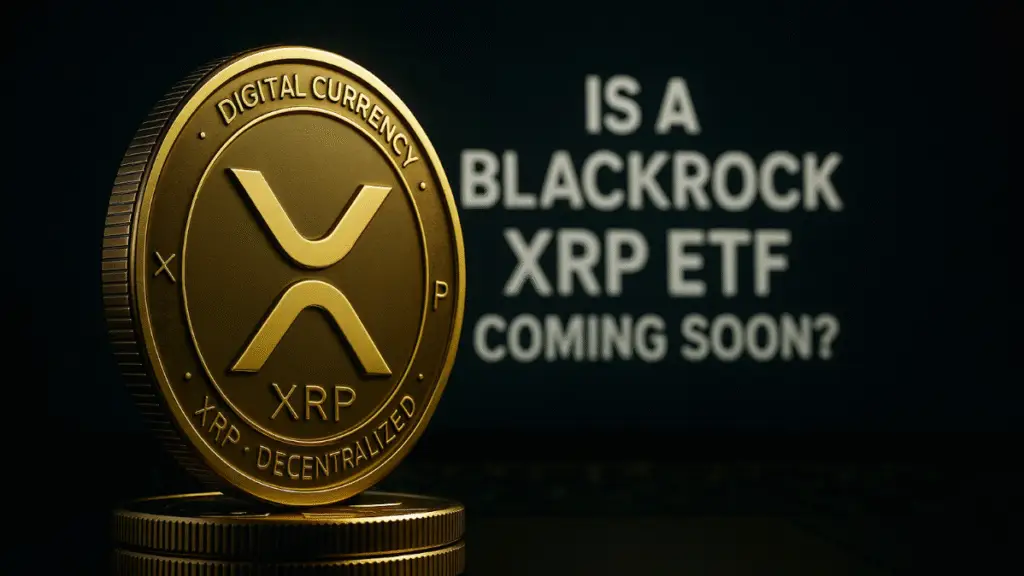Hyperliquid’s Rise to $330 Billion Monthly Volume
In July 2025, Hyperliquid recorded $330.8 billion in trading activity, briefly surpassing Robinhood’s combined equities and crypto volume. This wasn’t a one-off spike but the third consecutive month Hyperliquid outpaced the brokerage giant.
The milestone highlights how decentralized finance (DeFi) platforms are challenging traditional players with onchain speed and transparency. Remarkably, this record was achieved by a core team of only 11 people operating without venture capital.
What Makes Hyperliquid Different From Other DEXs
Unlike most decentralized exchanges (DEXs) that rely on automated market makers (AMMs), Hyperliquid operates an onchain central limit order book (CLOB). This means price-time priority matching, margining, and liquidations all occur directly onchain through its HyperCore system.
Its companion layer, HyperEVM, allows developers to build smart contracts around the exchange, creating composability without sacrificing execution speed. The result is CEX-like performance with DeFi-grade transparency.
Engineering for CEX-Level Throughput
Hyperliquid’s technical backbone is its split-chain architecture powered by HyperBFT, a HotStuff-inspired proof-of-stake consensus. This setup enables 0.2-second median trade latency and throughput of up to 200,000 transactions per second. Traders benefit from finality and custody fully onchain, while developers gain access to Ethereum-compatible smart contracts. This performance has turned Hyperliquid into one of the fastest-growing venues in decentralized finance, setting new standards for what DeFi can achieve.
A Lean Team and Self-Funded Model
Founder Jeff Yan has emphasized deliberate hiring, maintaining a small team of 11 highly specialized contributors. Hyperliquid has declined venture capital to preserve independence and align incentives with its user community rather than investors.
This lean approach allows for quick iteration and cultural cohesion. When a 37-minute API outage occurred in July, the team reimbursed $1.99 million to users the next day, reinforcing trust in its responsive operating model.
Recommended Article: Hyperliquid’s USDH Stablecoin Bid: Native Markets Heavily Favored to Win
Incentives: The HLP Vault and Assistance Fund
Two unique mechanisms fuel Hyperliquid’s growth: the Hyperliquidity Provider (HLP) vault and the Assistance Fund. HLP lets anyone deposit capital to back market-making and liquidations, distributing profits and fees to participants.
Meanwhile, 93% of protocol fees go into the Assistance Fund, which buys back and burns HYPE tokens, while 7% support HLP. This creates a feedback loop where higher trading volume drives greater buybacks and token scarcity, further aligning trader and token-holder interests.
Distribution, Adoption, and Community Growth
Hyperliquid’s community-first distribution strategy has been a key growth driver. In late 2024, it airdropped $1.6 billion worth of HYPE tokens to 90,000 early users, giving them a stake in the ecosystem. In mid-2025, Phantom Wallet integration brought Hyperliquid perpetuals directly to users’ apps, generating $2.66 billion in new volume in just one month. Combined with developer access through HyperEVM, these initiatives have cemented Hyperliquid as one of DeFi’s most liquid and widely adopted trading venues.
Challenges and the Road Ahead
Despite its success, Hyperliquid faces several challenges. Critics have raised concerns about validator transparency and concentration risks given its dominant 75%-80% DeFi market share. Operational hiccups like API outages highlight the need for robust infrastructure, especially for leveraged traders. Still, its rapid reimbursement and commitment to decentralization show resilience.
Moving forward, the platform’s sustainability will depend on expanding validator participation, scaling HyperEVM integrations, and maintaining revenue dominance against rising competitors.















